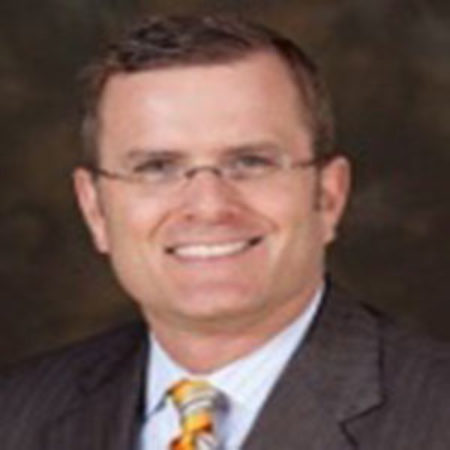With storm damage estimates of approximately $60 billion from Superstorm Sandy, those affected by this disaster have a long road ahead as they begin the cleanup process.
It’s a scenario no facilities manager wants to imagine: A building with extensive water and wind damage and staffs who are unable to get to work to restore the facility.
Yet, this has been the unfortunate reality for many on the East Coast over the past few weeks.
By taking key lessons from the event, facilities managers can help protect their buildings from the impact of a future storm or other natural disaster.
The lessons Sandy taught us and those that were reinforced include:
1. Always have an emergency plan in place
Every business should have an emergency action plan that details evacuation procedures in case of a flood or a fire and where employees can take shelter in the event of an earthquake or a tornado.
Post these plans in a public area and review them in detail during safety training sessions.
Update emergency plans periodically to incorporate new risks or improve procedures.
2. Prepare for the worst
While not all natural disasters have the magnitude of Superstorm Sandy, it is always best to plan thoroughly and in enough detail for worst-case scenarios.
Natural disasters can shut down entire cities, including modes of transportation, utilities and communication channels.
Create comprehensive contingency plans in the event that employees cannot get to work following the disaster, as was seen in the aftermath of Sandy.
At a time when cleaning and restoration is critical to resume business operations, contingency plans can ensure that disaster recovery efforts run as smoothly as possible.
3. Identify partners ahead of time
Following a natural disaster, businesses are highly susceptible to being approached by fraudulent organizations offering restoration and cleaning services or snake-in-the-grass solicitors claiming to be charitable.
By connecting with competent cleaning companies, honest disaster restoration providers and reputable recovery organizations before a crisis hits, businesses can ensure they have honest partnerships in the event of an emergency.
Facilities managers should have contact information on file for deep cleaning service providers, disaster restoration professionals and companies that repair doors, windows and fixtures.
4. Train employees
Whether it’s a natural disaster like Sandy or another incident such as a norovirus or methicillin-resistant Staphylococcus aureus (MRSA) outbreak, well-trained employees are a critical asset during and after an emergency.
Employees should complete emergency preparedness and disaster cleanup training when they are first hired and as the business changes.
Training sessions that highlight best practices for cleaning and disinfection, emergency safety procedures and customized disaster recovery plans will help keep employees safe and limit business interruption.
5. Work together
The devastation caused by events such as Sandy can be limited by connecting with other nearby businesses that have been affected.
By proactively forming a support network with others, facilities managers can exchange resources and information about best practices for cleanup, restoration and recovery following the emergency.
6. Stay calm
In the wake of a disaster, detailed plans and procedures often take a backseat to stress and panic.
While tempers can flare up in these situations, it is beneficial for facilities managers to remain calm and reasonable.
Following the disaster, create action plans that break down cleanup responsibilities into manageable tasks to keep employees calm and positive about the restoration and recovery process.
Plan For Tomorrow Today
While each business is unique and there is no one-size-fits-all approach to disaster cleanup, restoration and recovery, it is always a good time to begin planning and preparing for the future.
By proactively taking specific steps to limit the effects of emergencies and disasters, facilities managers can protect employees, guests, businesses and organizations in the short-term present and the long-term future.



